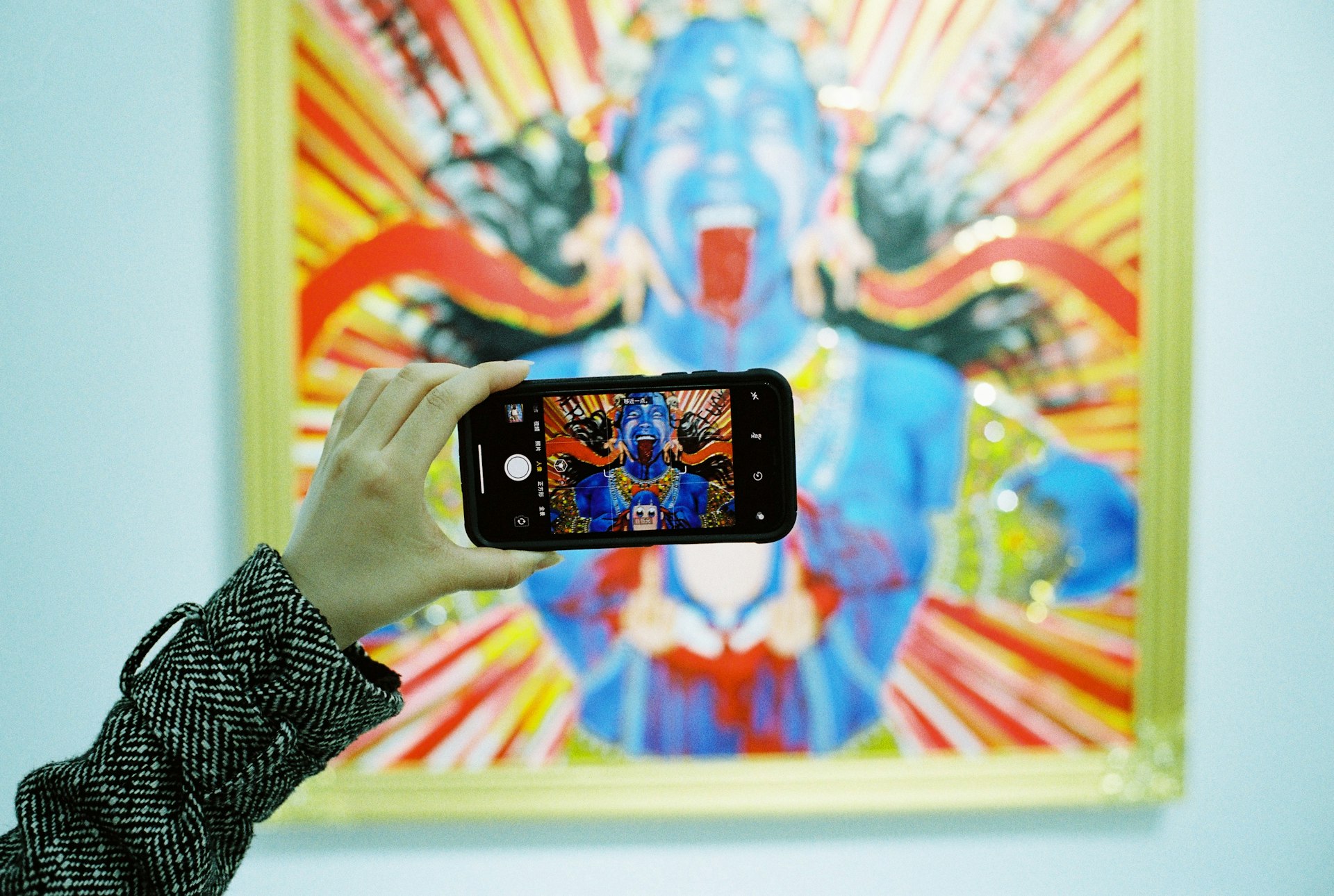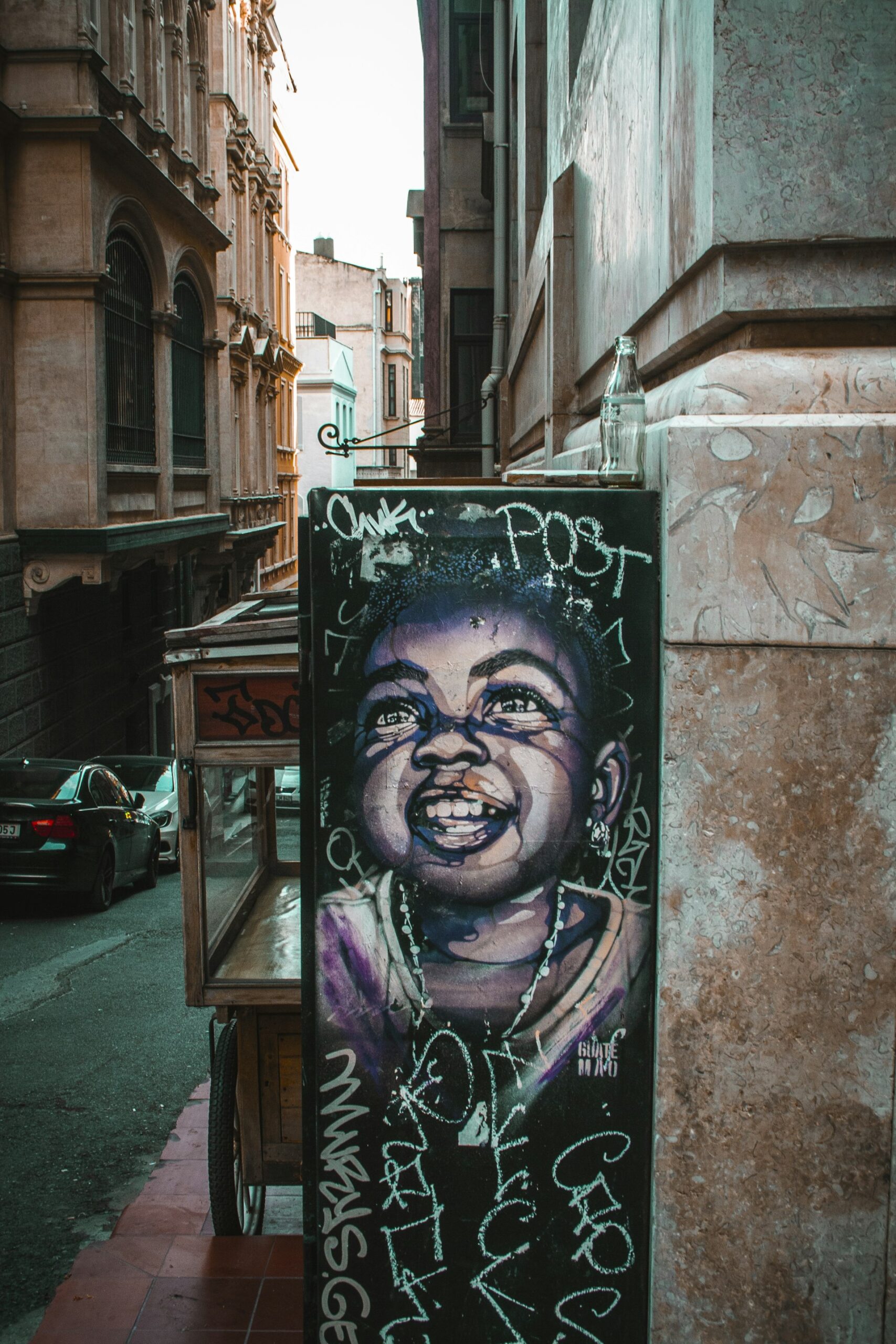Unlocking Creative Potential: The Art Behind Film and Media Production

Photo by Billy Freeman on Unsplash
Introduction: The Intersection of Art and Film Production
The production of films and media is a vibrant process where artistic vision and technical skill merge to create immersive storytelling experiences. From the earliest stages of pre-production to the final edit, art plays a pivotal role in shaping what audiences see and feel. Whether you aspire to work in concept art, cinematography, editing, or sound design, understanding these artistic elements is essential for a successful career in the film and media industry.
Concept Art: Bringing Worlds to Life
Concept art is often the first visual step in film production. It transforms scripts and ideas into tangible images that guide the entire creative process. Concept artists collaborate with directors, writers, and production teams to illustrate characters, environments, and moods, serving as both inspiration and blueprint for the project. Their work provides clarity and cohesion, ensuring everyone involved shares a unified vision. For example, the use of concept art in blockbuster films like “Star Wars” and “Avatar” set the foundation for their iconic looks, influencing everything from costumes to special effects [1] .
To pursue a career in concept art, consider developing a strong portfolio that demonstrates your ability to interpret scripts and create a variety of styles. Many educational programs and online courses focus on digital illustration, color theory, and storytelling, which are essential skills for this path.

Photo by Levi Stute on Unsplash
Cinematography: The Art of Visual Storytelling
Cinematography is the craft of capturing moving images through the strategic use of cameras, lighting, and composition. Cinematographers, or directors of photography, are responsible for translating the director’s vision into compelling visuals. This includes selecting camera angles, framing shots, manipulating lighting, and using color to evoke emotion. Recent trends in cinematography include the resurgence of neon lighting, minimalist and naturalistic visuals, and experimentation with aspect ratios-as seen in films like “Blade Runner 2049” or “The Lighthouse” [2] .
Implementing strong cinematography involves mastering camera operation, understanding lighting setups like three-point or Rembrandt lighting, and using storyboards to plan each shot. Aspiring cinematographers can start by practicing with available equipment, studying classic films, and experimenting with different lighting and camera techniques [4] .
Editing: Weaving Visual Narratives
The editing process is where disparate shots become a cohesive story. Editors arrange scenes, control pacing, and ensure narrative clarity. Through creative decisions like cutting, transitions, and effects, editors can heighten drama, build tension, or evoke emotion. Iconic films such as “Pulp Fiction” and “Mad Max: Fury Road” owe much of their impact to innovative editing styles that break conventional norms [3] .
To become an editor, familiarize yourself with industry tools such as Adobe Premiere Pro or Avid Media Composer. Many aspiring editors gain experience through independent projects, internships, or by collaborating with student filmmakers. Building a diverse showreel can help you demonstrate your storytelling range and technical proficiency.
Sound Design: Enhancing the Cinematic Experience
Sound design is an often-overlooked art that breathes life into films and media productions. From subtle ambient noises to dynamic musical scores, sound shapes the audience’s emotional response and immerses them in the story. Effective sound design involves capturing high-quality dialogue, creating realistic soundscapes, and choosing music that complements the narrative [3] .
Those interested in sound design should develop skills in audio recording, mixing, and editing software such as Pro Tools or Audacity. Consider shadowing experienced sound designers or volunteering for local productions to gain hands-on experience.
The Synergy of Art and Technology
The modern film industry is a fusion of artistic creativity and technological innovation. Visual effects studios like Industrial Light & Magic (ILM) have revolutionized filmmaking by blending digital artistry with cutting-edge software, enabling the creation of worlds previously limited by imagination. Staying current with the latest tools and techniques is crucial; many successful professionals recommend continuous learning and networking to thrive in this evolving landscape [5] .
Anyone interested in integrating art and technology in their career should consider learning coding basics, participating in workshops, or enrolling in specialized courses on visual effects and animation. Keeping an eye on industry news and participating in online forums or local meetups can provide valuable insights and opportunities.
Accessing Resources and Building Your Career
There are numerous ways to access training, resources, and opportunities in film and media production. While some universities and colleges offer formal degrees in film production, many aspiring professionals take advantage of online courses, workshops, and local film societies. Some of the most respected film schools include the American Film Institute, New York University Tisch School of the Arts, and University of Southern California, each with up-to-date curriculum and strong industry connections.
If you are seeking hands-on experience, consider the following actionable steps:
- Join local or online filmmaking communities to network and find collaborative projects.
- Attend film festivals and industry events to learn from professionals and showcase your work.
- Build a portfolio by contributing to independent, student, or community projects.
- Research and apply for internships with established studios, production companies, or visual effects houses.
- Search for free or paid educational resources using terms like “online film production courses” or “digital art workshops.”
- Contact local colleges or universities to inquire about non-degree workshops or certificate programs in film and media arts.
When looking for specific programs, it is best to visit the official websites of educational institutions or established industry organizations for the most accurate information. For government grants or industry support, consider searching for “National Endowment for the Arts film grants” or visiting the websites of relevant cultural agencies.
Overcoming Challenges and Exploring Alternatives
Pursuing a career in the art of film and media production comes with challenges, including competitive job markets and the need for ongoing learning. To overcome these, focus on building a diverse skill set, seeking mentorship, and remaining adaptable to industry trends. If traditional film school is not accessible, many successful professionals have built their careers through self-teaching and online communities, or by starting with small-scale independent projects.
Alternative pathways include:
- Launching a YouTube or Vimeo channel to showcase your work and attract collaborators.
- Entering film competitions or submitting to short film festivals.
- Collaborating with local theater groups or community arts organizations.
- Participating in hackathons or creative challenges focused on media arts and technology.
The key is persistence, networking, and a willingness to learn from each experience.
Key Takeaways
The art of film and media production is a dynamic, multifaceted journey that combines vision, technique, and innovation. By understanding each component-from concept art and cinematography to editing and sound design-you can unlock new creative possibilities and chart a path toward a fulfilling career in this exciting field. With dedication, continuous learning, and community engagement, you can access the resources and opportunities needed to thrive in the world of film and media.
References
- [1] Whizzy Studios (2024). How Does Concept Art Drive the Creative Process in Film Production?
- [2] Filmustage Blog (2024). The Art and Evolution of Cinematography
- [3] APAC (2023). Lights, Camera, Action Techniques & Trends of The Art of Filmmaking
- [4] StudioBinder (2024). What is Cinematography? Defining the Art and Craft
- [5] National Medals Foundation (2019). Making Movie Magic with Art and Technology



